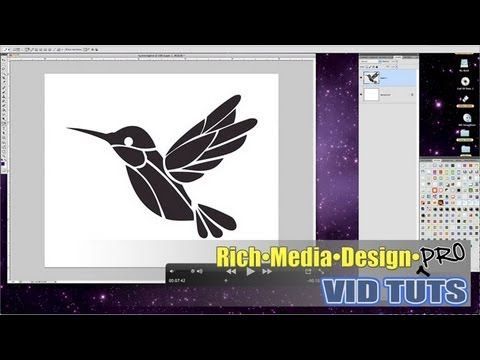
In the world of technology and design, there are two powerful tools that have revolutionized digital artistry: Photoshop and Illustrator. Whether you are an aspiring artist or a seasoned professional, mastering these software applications can elevate your creative abilities to new heights and open up endless possibilities for self-expression.
Understanding Photoshop
Photoshop is one of the most versatile and widely used software applications for digital artistry. It offers a plethora of tools and features that allow artists to manipulate and enhance images with precision and finesse. From retouching photographs to creating stunning digital paintings, Photoshop is a go-to program for many artists.
Features
Photoshop’s extensive feature set ensures that artists have all the necessary tools at their disposal. Some notable features include:
Layers: The ability to work with multiple layers gives artists the flexibility to make changes without affecting the original work.
Brushes and Filters: A wide range of brushes and filters allow artists to add texture, depth, and creative effects to their artwork.
Selection Tools: Precise selection tools enable artists to isolate specific areas, making complex edits easier and more accurate.
Blend Modes and Masks: These tools provide artists with the ability to seamlessly blend elements together and create stunning compositions.
Mastering Illustrator
While Photoshop primarily focuses on image editing and manipulation, Illustrator is a vector-based software designed specifically for graphic design and illustration. It offers a unique set of features that allow artists to create scalable artwork and precise designs.
Vector Graphics
Unlike raster-based images, which are made up of pixels that can become pixelated when resized, Illustrator uses mathematical equations to create smooth and infinitely scalable vector graphics. This means that artwork created in Illustrator can be resized to any dimension without losing quality.
Key Features
Illustrator’s key features include:
Pen Tool: This versatile tool allows artists to create and edit paths, enabling precise control over the shape and size of objects.
Typography: Illustrator offers a wide range of tools for manipulating text and creating stunning typographic designs.
Illustration Styles: Artists can explore a variety of styles, from clean and minimalistic to detailed and realistic, using the powerful shape and color tools in Illustrator.
Integration: Illustrator seamlessly integrates with other Adobe Creative Cloud applications, making it easier to work across different software and enhance creativity.
Bridging the Gap
While Photoshop and Illustrator serve different purposes, they often complement each other in digital artistry. Mastering both these programs allows artists to create visually captivating and conceptually complex artwork.
Workflow Efficiency
When working on a project, artists can utilize the strengths of both Photoshop and Illustrator to develop a more efficient workflow. They can start by creating the initial sketches and illustrations in Illustrator, utilizing its precision tools and vector graphics capabilities. Then, they can import those assets into Photoshop to add textures, manipulate colors, and apply filters, taking advantage of Photoshop’s extensive editing features.
Limitless Creativity
With Photoshop and Illustrator in their creative arsenal, artists can push the boundaries of their imagination and bring their wildest ideas to life. From creating digital paintings and illustrations to designing logos and branding materials, the possibilities are endless.
Conclusion
To become a master in digital artistry, proficiency in Photoshop and Illustrator is essential. These software applications provide artists with a wealth of tools and features that enable them to express their creativity effortlessly. By understanding the unique capabilities of each program and learning to leverage their strengths, artists can unlock their full potential and create stunning visual masterpieces.

